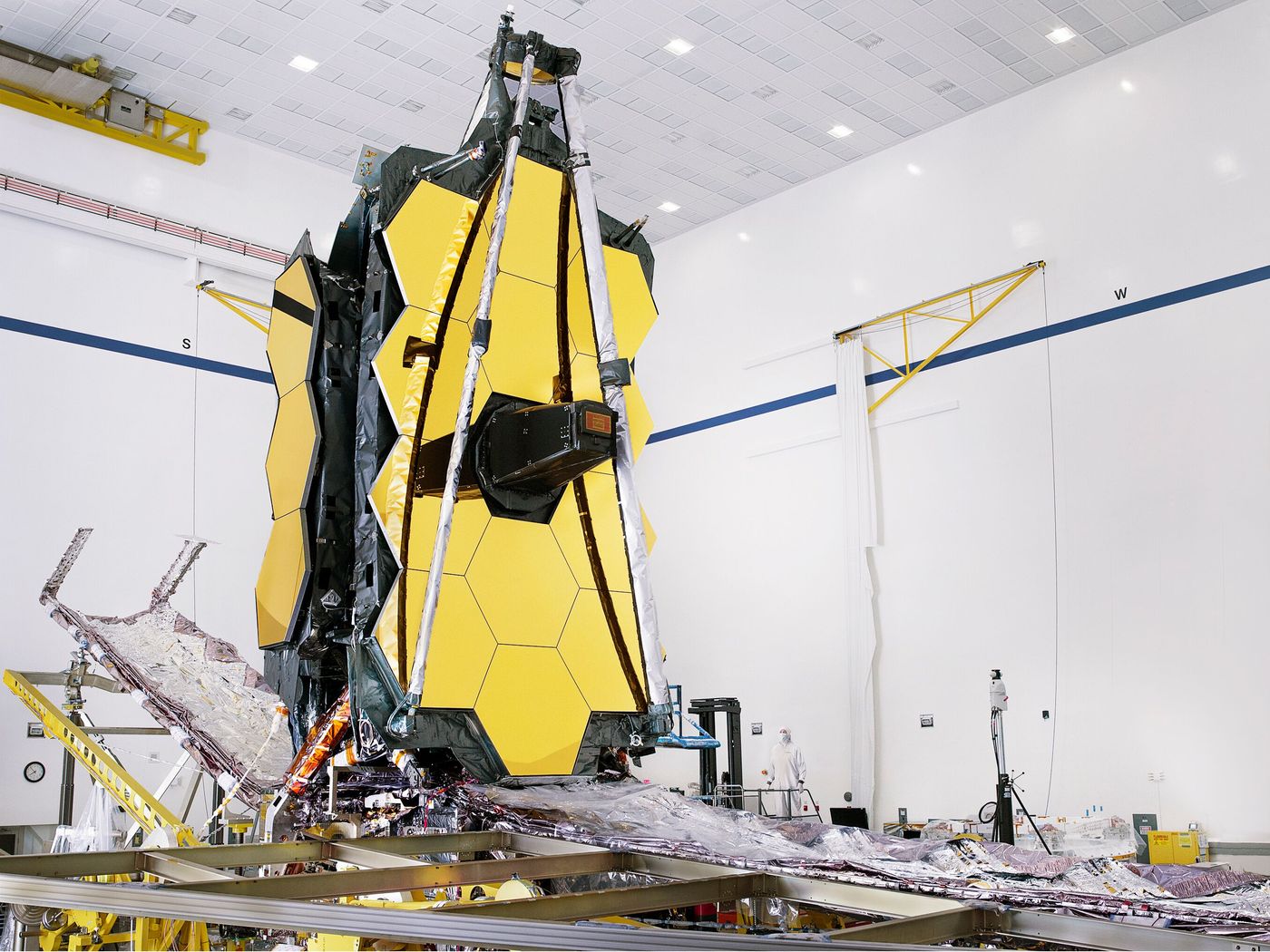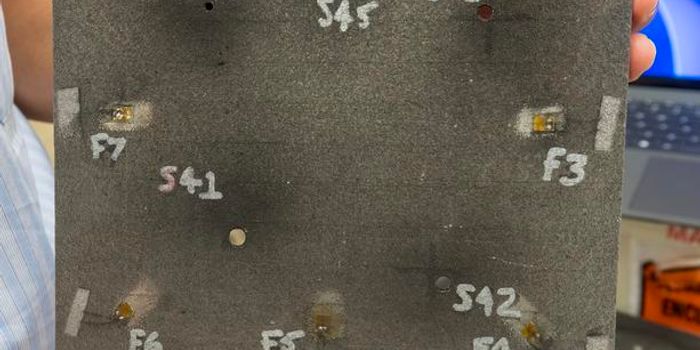Both Halves of the James Webb Space Telescope Joined for First Time
NASA’s upcoming James Webb Space Telescope (JWST), which was formerly known as the Next Generation Space Telescope (NGST) before getting renamed in the early 2000s, has been an ongoing work-in-progress for the past several decades. Only in recent memory, however, has the JWST started coming together, and with that in mind, it’s inching closer to its projected launch date.
Image Credit: NASA/Chris Gunn
Unforeseen manufacturing and testing delays over the past couple of years have pushed the projected launch date of the JWST all the way out to 2021, but that’s not to say that progress isn’t being made. Engineers at Northrop Grumman’s facilities in Redondo Beach, California assembled both halves of the JWST for the very first time just this past week, surpassing a significant milestone in the project’s development.
“The assembly of the telescope and its scientific instruments, sunshield and the spacecraft into one observatory represents an incredible achievement by the entire Webb team,” commented JWST project manager Bill Ochs. “This milestone symbolizes the efforts of thousands of dedicated individuals for over more than 20 years across NASA, the European Space Agency, the Canadian Space Agency, Northrop Grumman, and the rest of our industrial and academic partners.”
Related: Here's why the James Webb Space Telescope is taking so long
In order to accomplish this magnificent feat, engineers lifted the top half of the JWST, which is comprised of its primary mirror and science instruments, high above the bottom half, which is comprised of the sunshield and spacecraft itself. Upon slowly lowering the top half over the bottom half, the hardware could then be installed to complete the unit as one piece.
Now that the JWST is fully assembled, the crew will perform additional testing to ensure that all of the unit’s electrical connections work properly and that the sunshield deploys as expected. While both halves of the JWST have been tested extensively on an individual basis, it’s important to verify that everything works correctly post-assembly as there will be no room for error after the spacecraft reaches space in 2021.
Once launched, the JWST will give astronomers and planetary scientists an unprecedented view of neighboring worlds and the entire universe through the eyes of a high-resolution infrared space telescope. With it, we expect to learn more about the habitability of other worlds and capture more detailed images of the cosmos.
Source: NASA









